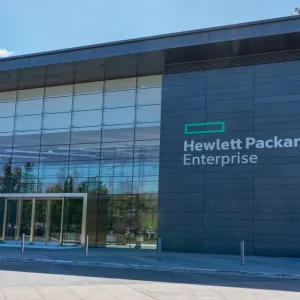The IoT is a network of people and objects, each with its own identifier, connected either to the internet or to each other. Data can be automatically transferred across the network for a variety of purposes.
Industry analyst Gartner says that by 2020, 25 billion connected things will be in use across a range of sectors including utilities, manufacturing and government. They could include almost any business asset – from buildings to coffee makers. According to Forrester Research, over more than 80 per cent of surveyed firms worldwide believe that IoT solutions will be the most strategic initiative for their organisation in a decade.
Software is an important, and often overlooked enabler of IoT. It is needed to provide business assets with connectivity. It is also needed to manage and secure the data being streamed from those assets, and to analyse that data in order to make it meaningful to the business. Data collected from business assets can be used to understand the health, performance and maintenance needs of those assets, as well as to cut costs, mitigate risks and enable continuous improvement.
Cloud technology has made IoT solutions cheaper and more accessible. Yet despite the fact that it is now relatively mainstream, there are still no standards for IoT and most IoT projects involve a degree of customisation. IoT has developed piecemeal in many organisations, implemented within a single business unit for a single purpose. All that is set to change. IoT will become a mainstay of business technology.
Analysts IDC predict that by 2017, 90 per cent of datacentre and enterprise systems management will adopt new business models to manage non-traditional infrastructure such as IoT and employees bringing their own device to work.
There are significant compliance risks to organisations using enterprise software and wanting to take advantage of IoT. The complexity of licensing models is likely to increase across the board.
For example what will the licensing model look like for a manufacturer wanting to let customers remotely control its products – given the different applications, databases and middleware tools behind each implementation?
For software vendors IoT offers a rich vein of additional revenues as they audit organisations to find out whether or not they hold appropriate licenses. 90 per cent of software vendors say auditing is a great source of income. Indeed 10 per cent use audits as a strategy to secure 10 per cent of their overall revenues. Perhaps that’s why they have been so busy hyping IoT’s arrival.
How should those responsible for licensing within organisations be preparing for IoT?
Software asset management is already an important IT discipline for the capture, tracking and reconciliation of software licenses in use. It is likely to grow in significance as new models are embedded and both licensing and penalty costs increase beyond today’s rates. Companies will need to ensure that their software asset management solutions track and license everything, from mobile devices, remote users, transient connections and one-time transactions.
One of the biggest challenges is indirect usage. Many enterprise software vendors such as Oracle, SAP or IBM are entitled to indirect usage payments when databases or applications are accessed from outside of an organisation. This already applies to many organisations, and many are caught out by it. IoT is likely to result in a massive increase in indirect usage licensing requirements.
When it comes to license fees payable, the onus tends to be on the business to disprove the claims of the vendor. Unless they have been proactive in understanding the nature and prevalence of indirect usage across the organisation, businesses may find themselves with a considerable administrative burden and/or little hope of making their case.
IoT can enable companies to achieve competitive advantage but it also brings risks. Businesses need to act now if they are to avoid software licensing chaos. Delays could prove costly.
By Jelle Wijndelts, Senior SAM Consultant, Snow Software






